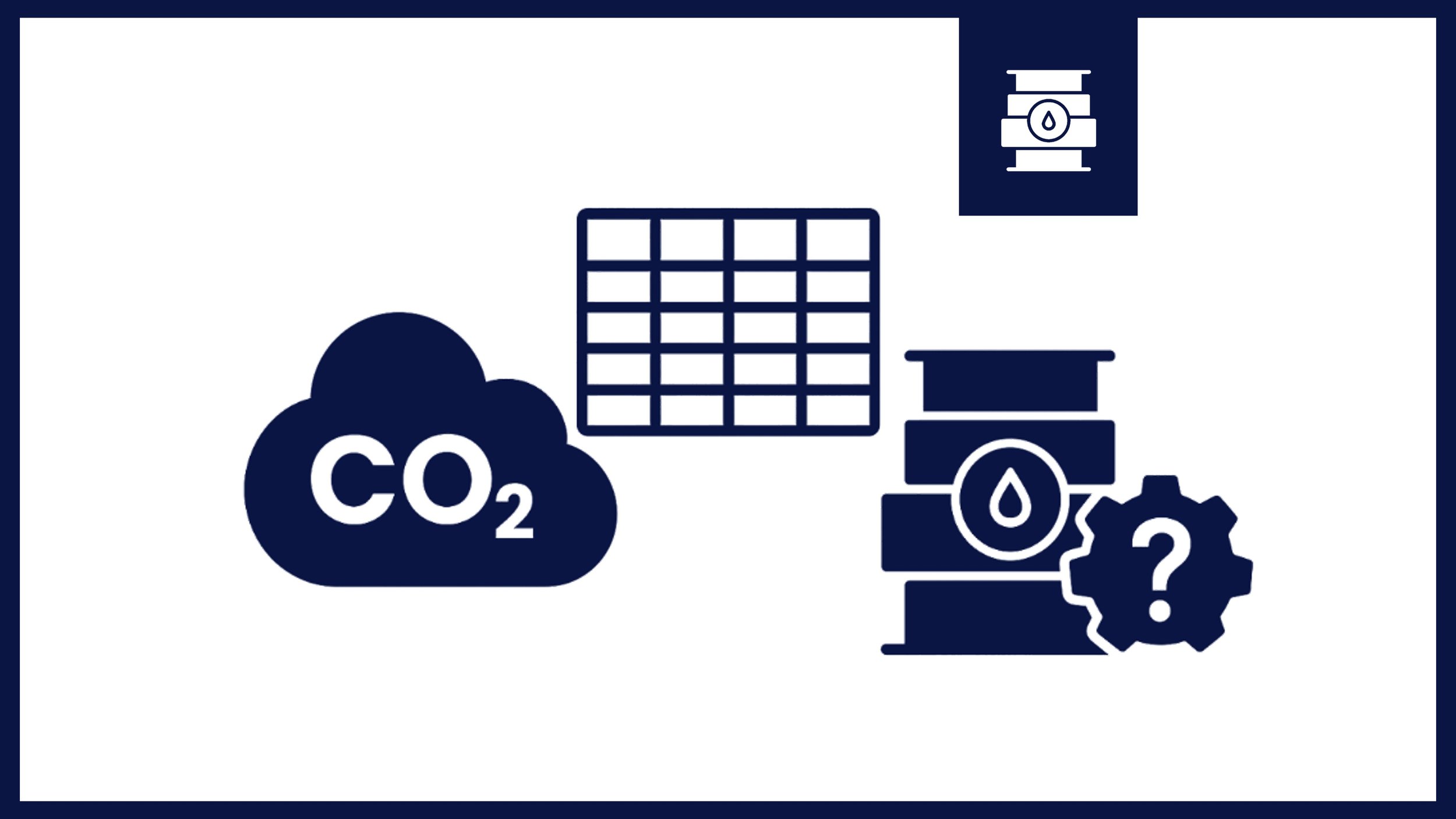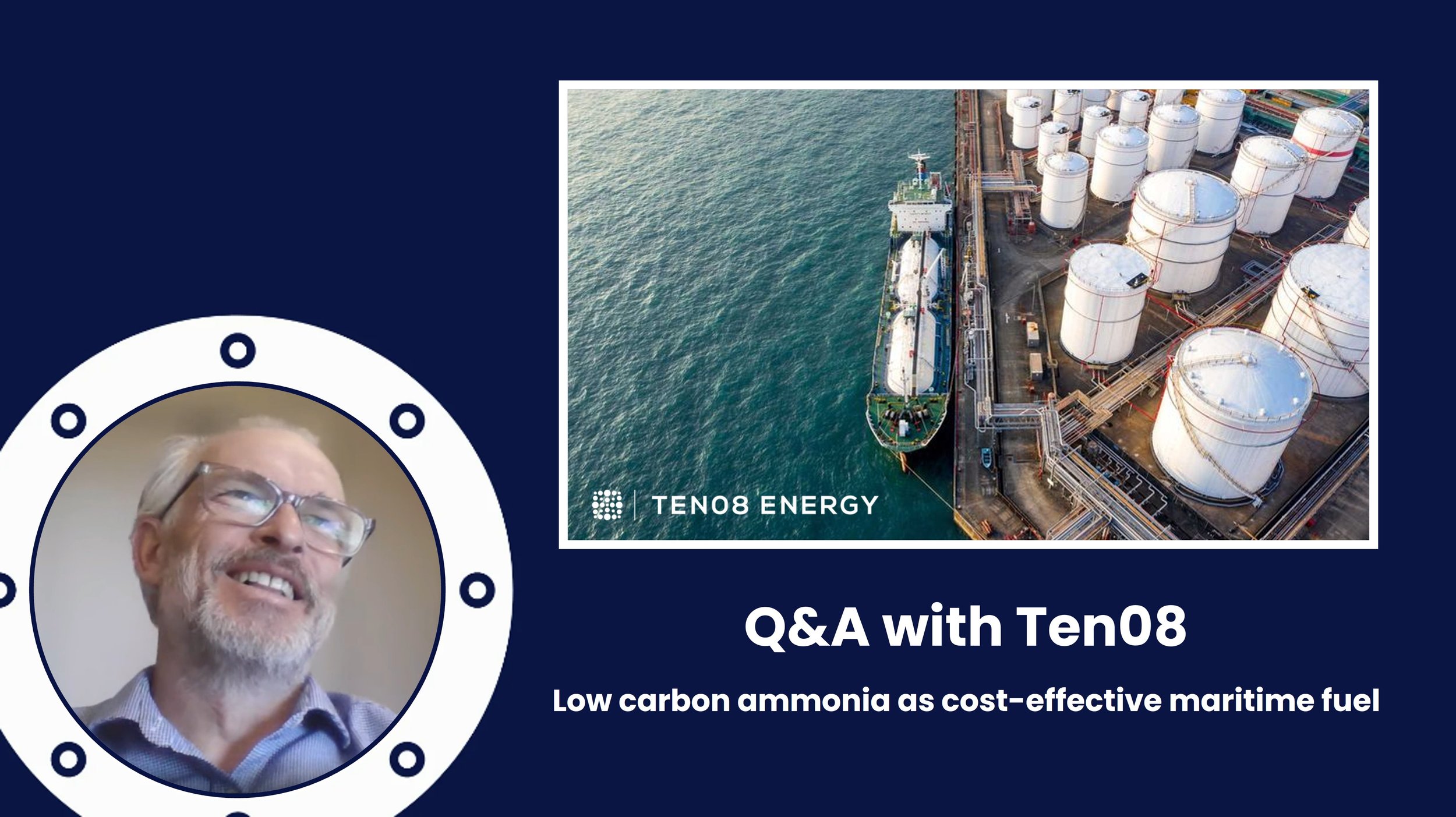China ETS
Carbon tax with market-based incentives like EU ETS but shipping is excluded for now
Frequently Asked Questions
-
Carbon markets aim to provide polluters with incentives to reduce emissions by allowing businesses to trade the right to emit. In the EU and California, this has meant imposing an absolute cap on emissions, which is gradually reduced.
However, China has generally avoided setting absolute emission caps in its climate pledges, preferring instead to set intensity-based targets to reduce emissions per unit of GDP. While the precise methodology for setting caps in China's national carbon market has not yet been released, government sources have indicated that a similar approach will be taken.
As a result, it appears that China will implement a rate-based limit for its ETS. The amount of CO2 allowed per unit of output would be limited as a result of this. Each power company would be given a certain number of credits based on how much electricity it generates. If it emits less than the quota, it can sell the excess to another company.
This would reward firms for producing fewer emissions per unit of output rather than fewer emissions overall, potentially alleviating political concerns about stifling economic growth. However, even if power producers become more efficient, emissions could still rise if overall power production increases.
-
The most significant aspect of the December 2017 announcement was the reduction in the sectors covered by the ETS.
Early plans for the scheme, released in January 2016, included companies consuming more than 10,000 tonnes of "coal equivalent" in eight industries: petrochemicals, chemicals, building materials (including cement), iron and steel, nonferrous metals (such as aluminum and copper), paper, and civil aviation. This would have covered approximately 6,000 businesses.
However, the December 2017 launch confirmed that, for the time being, only the power sector will be included. According to the government plan, plants emitting more than 26,000 tonnes of CO2 per year or more will be included, which includes almost all coal and gas-fired plants. This will still nearly double the amount of emissions covered by emissions worldwide.
About China ETS
China’s national ETS – the world’s largest in terms of covered emissions – started operating in 2021. It builds on the successful experience of pilot carbon markets implemented in eight regions. The objective of the ETS is to contribute to the effective control and gradual reduction of carbon emissions and, as confirmed as part of the 1+N policy framework in October 2021, will be an important policy measure to achieve China’s targets to peak emissions by 2030 and achieve carbon neutrality by 2060.
The ETS regulates more than 2,000 companies from the power sector (including combined heat and power, as well as captive power plants in other sectors), which emit more than 26,000 tCO2 per year. The Chinese national ETS is estimated to cover more than 4 billion tCO2, accounting for over 40% of national carbon emissions. It is an intensity-based system with ex-post adjustments to the cap based on actual production levels. Compliance obligations are currently limited and vary between different types of power generation. The system will expand to other sectors over time and fine-tune its policy design and implementation.
The existing Chinese regional ETS pilots are gradually transitioning into the national ETS. In the short term, the pilots will continue to operate in parallel to the national market, covering the sectors and entities not included in the national market. Over the medium to long term, as more sectors are included in the national ETS, entities already covered by regional systems are expected to be integrated into the national market.
Originally under the responsibility of the National Development and Reform Commission (NDRC), in 2018 the climate change policy portfolio (including the development of the ETS) was shifted to the newly established Ministry of Ecology and Environment (MEE). Interim regulations published in 2021 elaborated on the governance structure of the ETS, which, while remaining centered on the MEE, would grant authority to other national-level regulators as well as envisage cooperation between the MEE and other government entities in supervising market operations and compliance procedures.






























